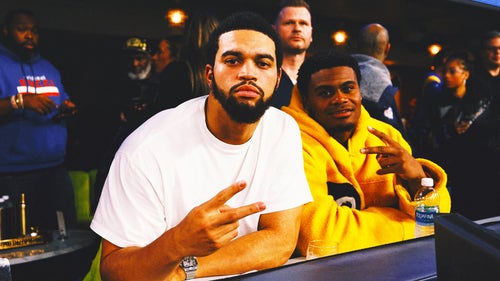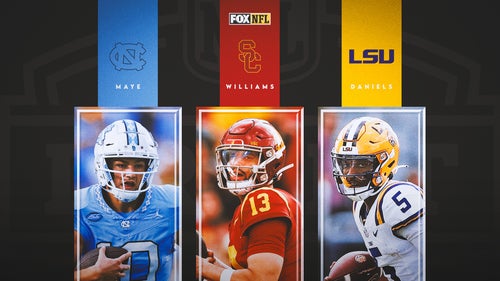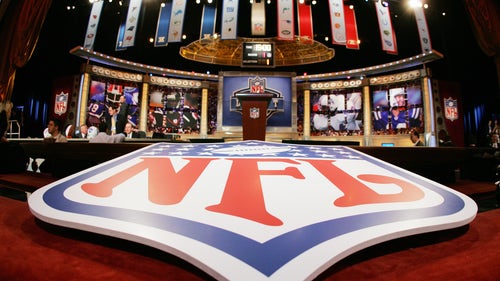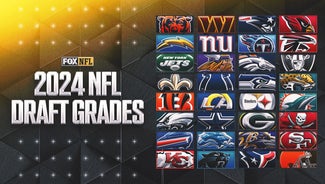
Evidence mounting against Hernandez
The indictment of Carlos Ortiz last week caught most people by surprise but it suggests prosecutors are confident they have enough evidence to convict former football star Aaron Hernandez — even without a star witness or murder weapon.
Ortiz, one of two men alleged to have been with Hernandez the morning he is accused of shooting and killing Odin Lloyd and the only one who has cooperated with police, was going to be trouble for prosecutors long before he changed a key part of his story — and they decided to put him before the grand jury, which indicted Ortiz as an accessory after the fact.
And with the murder weapon, prosecutors caught a huge break — Lloyd was killed with the one kind of gun that makes accurate ballistics work possible even without the pistol.
The other evidence gathered by prosecutors includes fingerprints, voluminous cell phone records, numerous images from surveillance, a photograph snapped at a toll booth on the Massachusetts turnpike, dirt on the underside of a car thought to be involved in the killing, and even a piece of chewed bubble gum that may help them prove their case.
“I think the case against him at this point is strong and continues to get stronger,” said Boston criminal defense attorney Stephen J. Weymouth.
Hernandez, the former Pro Bowl tight end for the New England Patriots, faces murder and weapons charges in the slaying of Lloyd, whose bullet-riddled body was found June 17 in a secluded area in North Attleboro, Mass. The murder scene is about a half-mile from Hernandez’s home.
Lloyd, 27, was the boyfriend of Shaneah Jenkins — the sister of Hernandez’s fiancee, Shayanna Jenkins.
In court documents, prosecutors have laid out a detailed timeline, based on extensive cell phone records, surveillance camera images and statements made by Ortiz.
According to those same documents, investigators have poured extensive time into locating the pistol that was used to kill Lloyd. But even if it’s never found, prosecutors may not have any problems presenting ballistics evidence to a jury.
Here’s why: The killer apparently used an Austrian-made Glock, which has a number of unique features that make the bullets it fires and the empty shells it ejects highly recognizable.
That’s because a Glock leaves markings on the bullets it fires and the shell casings it expels that are one-of-a-kind. And that allowed prosecutors to assert with a reasonable degree of scientific certainty that the bullets recovered from Lloyd’s body and from the ground beneath it, and the shell casings recovered at the scene and from a car rented by Hernandez, were all fired by the same gun.
Had any one of countless other guns been used, those bullets and shell casings would have been of little value in court in terms of identifying the weapon that was used.
“Absolutely no question about it,” said Ronald R. Scott, a Phoenix-based ballistics expert who spent more than 25 years with the Massachusetts State Police.
Prosecutor William McCauley has said in court that investigators believe Lloyd was killed with a .45-cailber Glock.
Working with the expended bullets and shell casings, investigators have asserted that the murder weapon was a Glock. Glocks have a firing pin mechanism that leaves a rectangular impression on the spent shell casing as opposed to the more common circular dent. Glocks also can leave a unique drag mark on the back of the cartridge. And Glocks are manufactured with what is known as “polygonal” rifling — the shape of the inside of the barrel — which leaves an impression on fired bullets that is different from many other weapons.
Scott said some of those marks are obvious to the naked eye — an experienced investigator could look at a shell casing and “could say this is consistent with being a Glock before you even put it under the microscope.”
So even without the gun, prosecutors may be able to put together a compelling narrative for jurors that, while circumstantial, could be persuasive to a jury.
They have surveillance camera images of Hernandez in his home with what they argue is a gun in his hand — several hours before and again minutes after Lloyd’s killing.
They have the Glock magazine and .45-caliber ammunition found in the center console of a Hummer registered to Hernandez. That vehicle was parked outside an apartment Hernandez rented in Franklin, a town about 20 minutes from North Attleboro. Court papers described the apartment as a “flop house.”
They have a photograph posted by the website TMZ showing Hernandez, purportedly in 2009, in a self-portrait in which he had a Glock in his hand.
They also have five boxes of .45-caliber ammunition – from four separate manufacturers – discovered during a search of that apartment. Prosecutors have not disclosed who manufactured the shell casings found at the murder scene, but if they were made by the same company as any of those found in the apartment or in the Glock magazine, that could be persuasive.
“It’s not critical, but it would be very, very helpful,” said R. Michael Cassidy, a professor at the Boston College law school and the former chief of the crime bureau at the Massachusetts Attorney General’s Office.
There is little doubt that Hernandez’s attorneys would argue that without a weapon prosecutors can’t prove their case – but that may not be persuasive, given other evidence in the case.
And when it comes to Ortiz, the surprising decision by prosecutors to bring a case against him before the grand jury adds baggage to him as a potential witness – but it might not matter.
He has cooperated extensively with police. According to court documents, he laid out a detailed account of the hours leading up to Lloyd’s murder and the day afterward. Part of that account included the assertion that Hernandez drove him, Wallace and Lloyd to an industrial park in North Attleboro and parked the car in an area ringed by woods and piles of dirt and other construction material. At that point, Ortiz had told authorities, Hernandez, Wallace and Lloyd got out of the car while he stayed behind. He had said that he heard gunshots, and that only Hernandez and Wallace got back in the car, according to court documents.
Some facets of his story have been corroborated by cell phone records and surveillance camera images. And fingerprints from him, Lloyd and Wallace were all found in a Nissan sedan that Hernandez rented.
But as Fox Sports reported in early September, legal experts saw him as a witness who would face intense cross-examination if he one day was called to testify.
There is his history of drug use and petty crime. There is the fact that the felony indictment means he’d probably only testify if he gets a deal from prosecutors – a detail that would have to be disclosed to the jury. And there is a detail from the crime scene, first reported by Fox Sports, that gives defense attorneys an opening to challenge Ortiz’s assertion that he never got out of the car. When the first officers responded after a jogger stumbled onto Lloyd’s body, they found a white towel on the ground nearby. Later, they discovered surveillance film from a convenience store and gas station where Hernandez, Wallace and Ortiz allegedly stopped about an hour before the murder. In those images, Ortiz has what appears to be a light-colored towel draped around his neck, according to court documents.
And then came last week’s admission, from Assistant District Attorney Patrick O. Bomberg, that Ortiz had recently changed his story in one key detail – more recently telling prosecutors that he no longer believed that Wallace got out of the car with Hernandez and Lloyd moments before the murder.
“I think there’s a lot of challenges to his credibility,” said Weymouth, the Boston criminal defense attorney. “I think there’s some very, very solid fodder for cross examination of him.”















































































































































